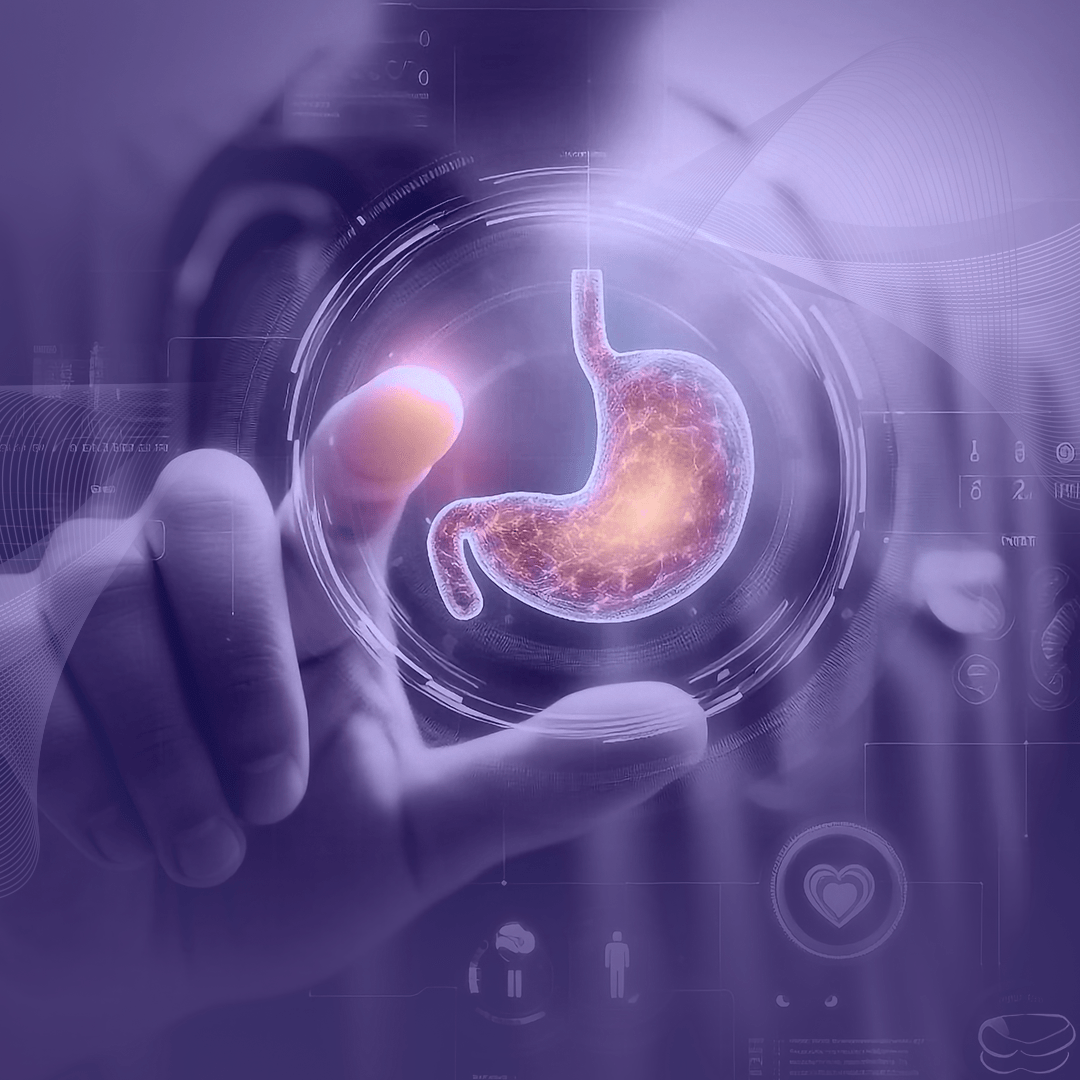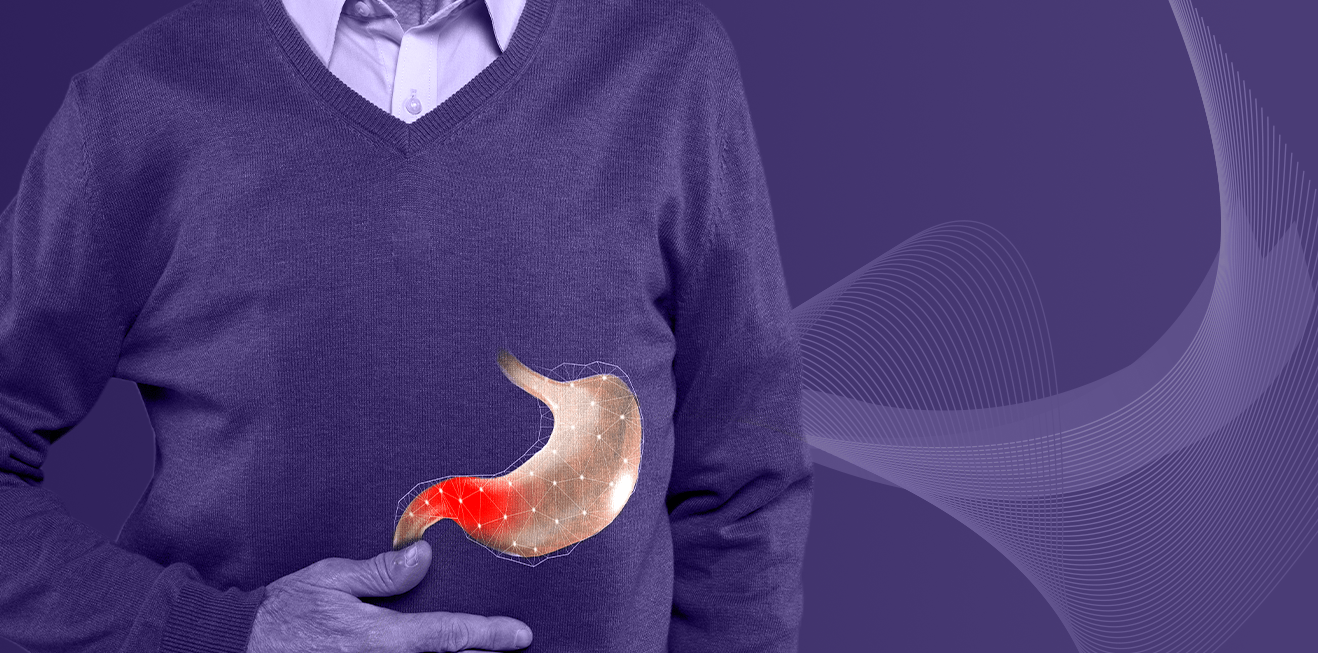gastric endoscopy

What is Gastroscopy?
Gastroscopy is a medical procedure performed by a specialist, where a tube (endoscope) equipped with a camera and light at its tip is inserted into the body through the mouth. The endoscope captures images of a specific area inside the body and sends them directly to a television screen in front of the doctor.
Uses:
- Diagnostic gastroscopy
- Therapeutic gastroscopy
Doctors may use gastroscopy to investigate causes of gastrointestinal complaints such as:
- Persistent stomach pain
- Heartburn
- Difficulty or pain in swallowing
- Blood in vomit
- Vomiting and nausea
- Acid reflux

Diagnostic gastroscopy:
Conditions Diagnosed with Gastroscopy:
- Stomach Ulcers: Appear as ulcers in the stomach and duodenum lining.
- Gastroesophageal Reflux Disease (GERD): Appears as irritation in the esophagus lining.
- Barrett’s Esophagus: Appears as abnormal cells in the esophagus lining.
- polyps
- Stomach and Esophagus Cancer: Diagnosed by removing small parts of masses in the stomach and esophagus lining for biopsy.
Therapeutic Uses of Gastroscopy:
- reating stomach and esophagus bleeding
- Esophagus dilation
- Removing benign polyps or cancerous tumors
- Removing foreign objects
- The medical community advises anyone at risk of colon cancer to begin having a colonoscopy starting at age 45 and every 10 years. A person may need to start colonoscopy at a younger age if their risk of colon cancer is greater.
Procedure Steps:
Gastroscopy takes about 15 minutes but may take longer if used for treatment.
Preparation for Gastroscopy:
- Avoid food for 8 hours before the procedure and avoid water for 3 hours before.
- Stop taking indigestion medications 2 weeks before the procedure as they may mask some conditions.
- Review chronic disease medications such as those for hypertension and diabetes with your doctor before the procedure.
Anesthesia:
- Local anesthesia in the throat area to avoid pain during endoscope insertion.
- For children, the procedure is done under general anesthesia.
During Diagnostic Gastroscopy:
If any changes are found in the stomach, the doctor can use the endoscope to take a sample and send it to the lab for examination.
During Therapeutic Gastroscopy:
1- GERD Treatment Using Latest Techniques:
- GERDX Technique
The endoscope is inserted through the mouth to the area of muscle weakness responsible for acid reflux, where two non-surgical stitches are placed to tighten and strengthen this muscle.
- ARMA Technique
This recent technique for GERD treatment involves cauterizing the lower esophageal muscle to create a sore that heals within days, producing fibrous tissues that tighten the muscle and restore it to its normal size.
2- Difficulty Swallowing Treatment: Treating achalasia (spasms in the valve muscle between the esophagus and stomach) using the latest techniques like the *POEM* (Peroral Endoscopic Myotomy), which involves cutting the lower esophageal muscle to facilitate food passage.
3- Treating Esophageal Varices and Stomach Bleeding: By banding enlarged veins or injecting a substance to close the existing hole.
4- Stomach Ulcer Treatment: By injecting medications around the ulcer to promote blood clotting
administering a dose of an acid-reducing medication (PPI) to stop recurrent bleeding.
5- Esophagus Dilation: In cases of esophageal stricture.
Complications of Gastroscopy:
Gastroscopy is generally a safe procedure with rare complications, which may include:
- Anesthesia and sedative complications, such as swelling at the injection site and a feeling of fatigue and inability to concentrate lasting for hours.
- Bleeding, especially if biopsies are taken.
- Infection, which can be managed with antibiotics.



